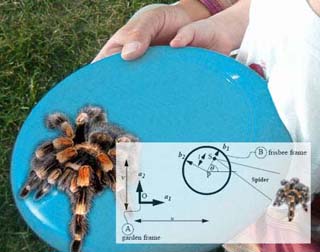Course Description
This class is an introduction to the dynamics and vibrations of lumped-parameter models of mechanical systems. Topics include kinematics; force-momentum formulation for systems of particles and rigid bodies in planar motion; work-energy concepts; virtual displacements and virtual work; Lagrange’s equations for …
This class is an introduction to the dynamics and vibrations of lumped-parameter models of mechanical systems. Topics include kinematics; force-momentum formulation for systems of particles and rigid bodies in planar motion; work-energy concepts; virtual displacements and virtual work; Lagrange’s equations for systems of particles and rigid bodies in planar motion; linearization of equations of motion; linear stability analysis of mechanical systems; free and forced vibration of linear multi-degree of freedom models of mechanical systems; and matrix eigenvalue problems. The class includes an introduction to numerical methods and using MATLAB® to solve dynamics and vibrations problems.
This version of the class stresses kinematics and builds around a strict but powerful approach to kinematic formulation which is different from the approach presented in Spring 2007. Our notation was adapted from that of Professor Kane of Stanford University.
Learning Resource Types











